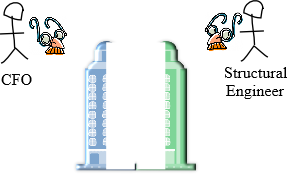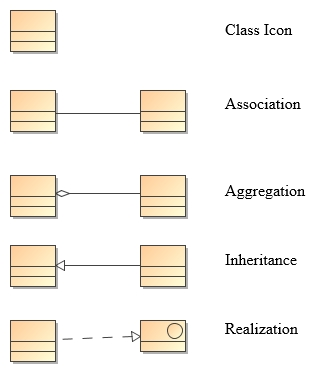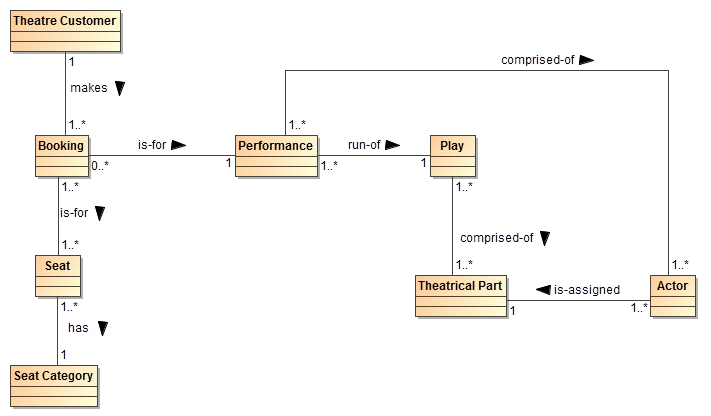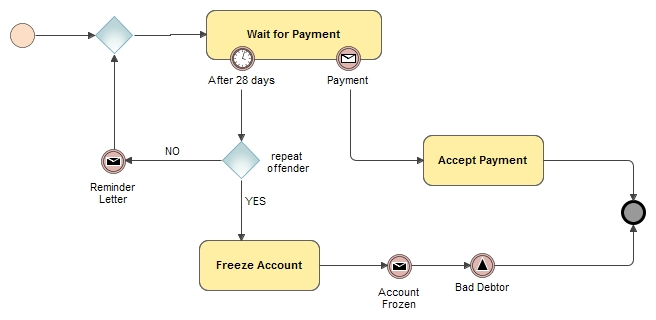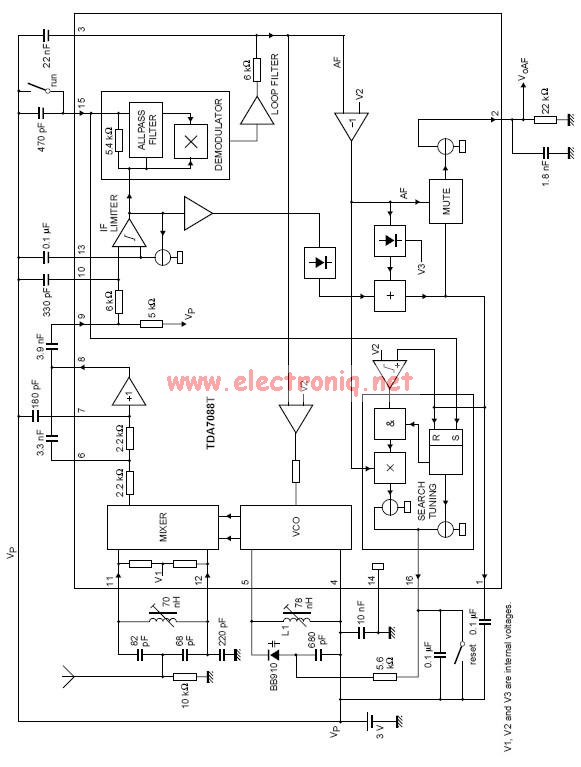Introduction
The ability to interpret a problem through the spectacles of the stakeholders is a crucial mechanism for ensuring that you develop a holistic view of a problem domain.
Collateral
Consider our previous problem: your engaged as a building project manager in a piece of work to construct a building in a major city.
Each stakeholder sees the same problem through a particular set of lenses
Those lenses gives them a particular perspective or viewpoint. Not only does it give each stakeholder a unique perspective, it suggests a manner in which you should communicate with them. It will be very unlikely that the CFO is going to be interested in a set of structural engineering models unless there are some financials attached to those models. And likewise it is going to very unlikely that the SE is going to spend all their time going through accounting figures unless they are closely aligned to the structural engineering models.
Consider the following video: Selective Attention Test, what it clearly shows is that your focus determines what you see...And this video shows that what you see is not always the truth...
A viewpoint is simply a description of the what the stakeholder sees. It is a stencil that can be reapplied in time and time again in different contexts resulting in different views. So the view is what you see and the viewpoint is the description of what you see, your perspective!
Examples
UML Class Diagram (viewpoint)
UML Class Diagram (view)
Theatre booking system
BPMN (viewpoint)
BPMN (view)
Withdrawing money at the till at a Bank
A Payment System
Electronic Schematics (viewpoint)
Electronic Schematic (view)

